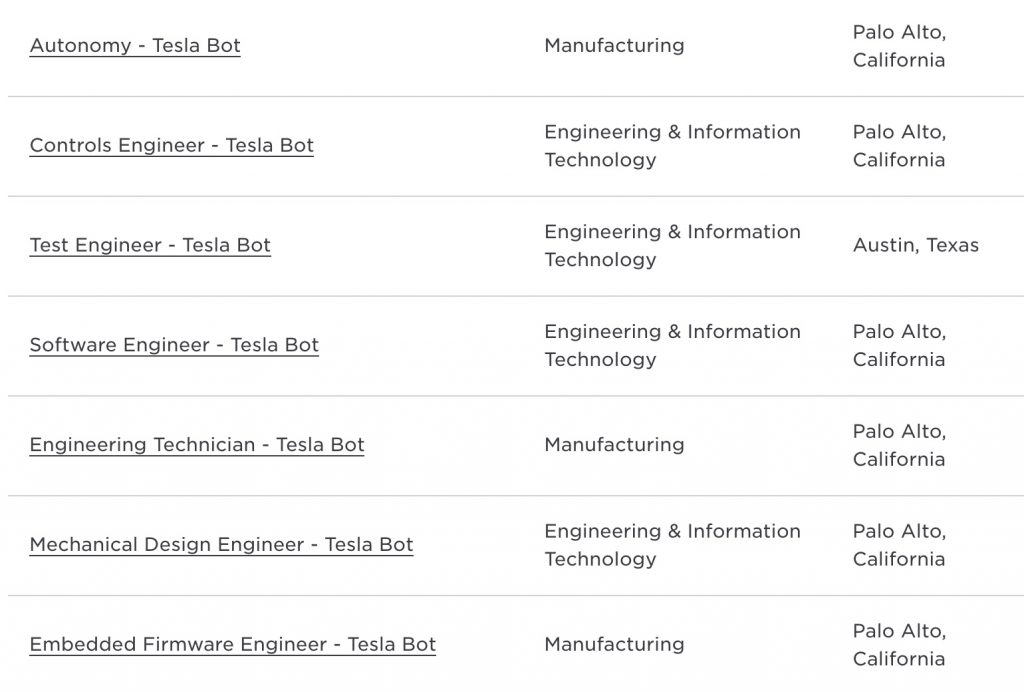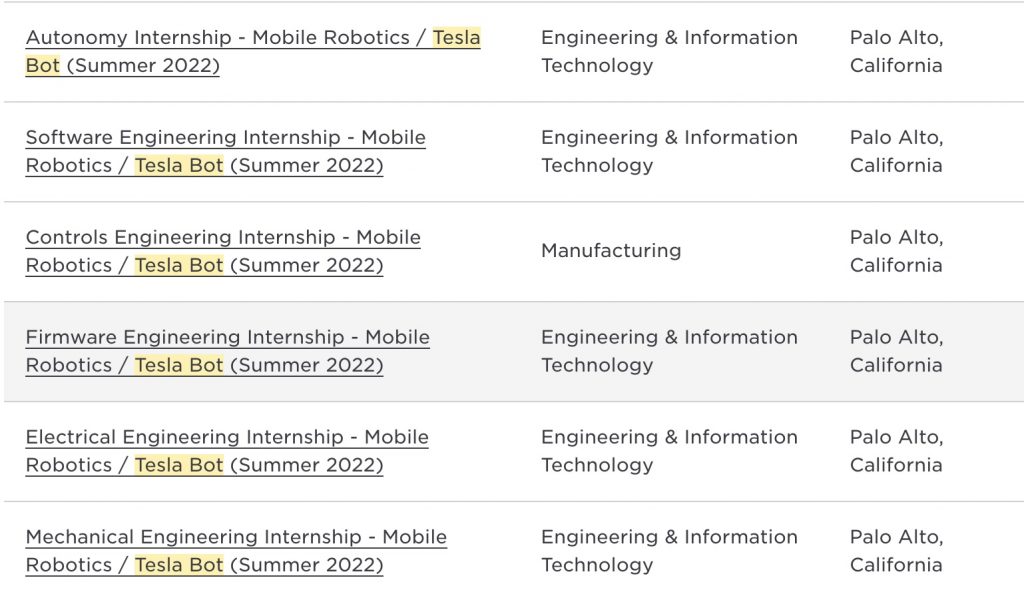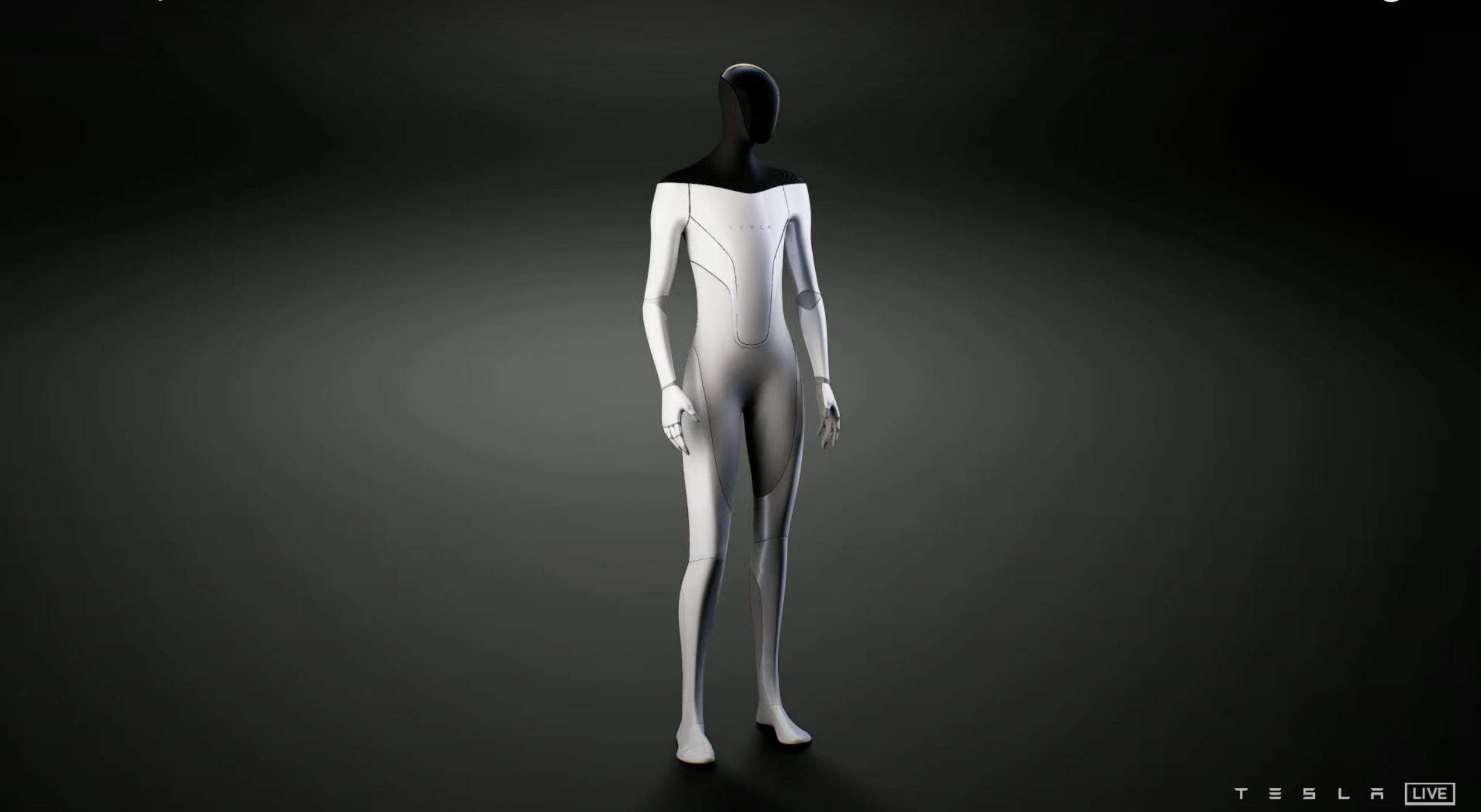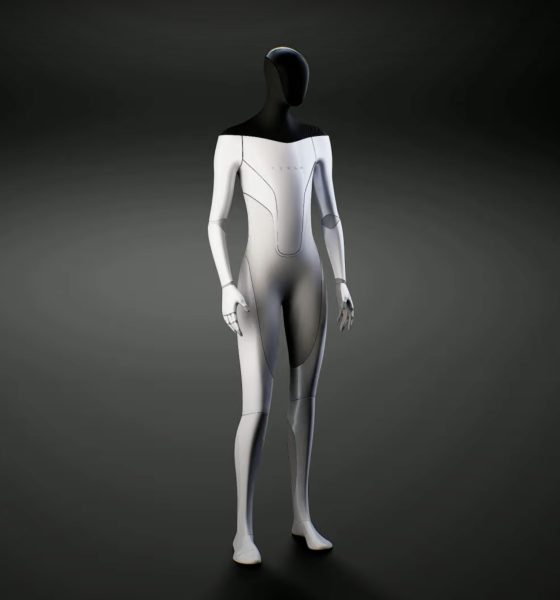Tesla has posted new jobs for its Tesla Bot team on its Careers page. Most of the Tesla Bot jobs are located in California except one located in Austin, Texas.
A few of the openings have been posted for quite some time. Tesla has been steadily posting jobs for the Tesla Bot team since the project was announced during Artificial Intelligence or AI Day back in August. Most of the new jobs seem to be related to software development for the Tesla Bot, hinting at the company’s progress with the humanoid robot.
The new Tesla Bot jobs are listed below with their responsibilities.

Autonomy – Tesla Bot
Responsibilities
- Build, integrate, and deploy real-time state-of-the-art perception models and algorithms into existing system architecture
- · Develop online and offline state estimation algorithms by fusing information from cameras, IMUs, and other sensors
- · Test and debug your solutions in realistic situations including in customer applications
- · Validate and document performance of algorithms and models in real and simulated environments
- · Design and build automatic data pipelines that create high quality, unbiased ground truth labels for neural network model training and deployment
- · Create robust sensor calibration routines that perform reliably in complex and unpredictable environments
Software Engineer – Tesla Bot
Responsibilities
- Build a software stack that will control multiple types of mobile robots/vehicles, including Tesla commercial vehicles (M3/MY/Semi), Tesla custom built wheeled indoor robots, other multi degree of freedom robots, and third party mobile robots
- Design, extend & review software architecture, and implement on systems through integration, test and real-time deployment
- Make performance and optimization trade-offs to meet product requirements
- Collaborate and communicate complex technical concepts through quality documentation
- Work cross functionally with mechanical, electrical, software, and manufacturing engineering groups
- Support the existing software stack and help troubleshoot issues that might occur
Mechanical Design Engineer – Tesla Bot
Responsibilities
- Design and optimize joints and structures for mass, stiffness, cost, and manufacturing
- Collaborate with a multi-disciplinary team to create a cohesive and balanced product
- Fabricate prototypes, iterate rapidly, advance your concepts through to volume production
- Develop specifications and accelerated test plans to validate the product for its determined lifetime
Embedded Firmware Engineer – Tesla Bot
Responsibilities
- Research, design, simulate, specify, implement, debug, and test high speed interfacing buses to multi-in/out systems comprising electromechanical actuators and sensors
- Efficiently Translate the modeling team’s control loops and algorithms for implementation on computational hardware (available or newly designed)
- Work collaboratively with electrical, mechanical, and controls engineers to define throughput requirements, computational system capabilities, and set targets product roadmaps
- Advance Tesla IP in developing internal high-throughput sensors and actuators networks for new products
Previously, Tesla posted jobs for other positions in the Tesla Bot team, including the openings listed below.
- Mechanical Engineer – Actuator Gear Design
- Mechanical Enginee – Actuator Integration
- Senior Humanoid Mechatronic Robotic Architect
- Senior Humanoid Modeling Robotics Architect

Tesla appointed Chris Walti as the company’s Manager of the Mobile Robotics team. Walti posted more jobs via his LinkedIn a few months ago. The openings Tesla was looking for back then included a Controls Engineer, Engineering Technicians, and a Test Engineer based in Texas.
Tesla also posted a few internship positions for the Summer of 2022. Mobile Robotics internships are open for Autonomy, Software Engineering, Controls Engineering, Firmware Engineering, and Electrical Engineering.
As this year comes to an end, the Tesla Bot team will probably be as busy as ever, burning the midnight oil. After all, the Tesla Bot prototype’s release date is expected for 2022.
The Teslarati team would appreciate hearing from you. If you have any tips, reach out to me at maria@teslarati.com or via Twitter @Writer_01001101.

News
Tesla FSD fleet is nearing 7 billion total miles, including 2.5 billion city miles
As can be seen on Tesla’s official FSD webpage, vehicles equipped with the system have now navigated over 6.99 billion miles.

Tesla’s Full Self-Driving (Supervised) fleet is closing in on almost 7 billion total miles driven, as per data posted by the company on its official FSD webpage.
These figures hint at the massive scale of data fueling Tesla’s rapid FSD improvements, which have been quite notable as of late.
FSD mileage milestones
As can be seen on Tesla’s official FSD webpage, vehicles equipped with the system have now navigated over 6.99 billion miles. Tesla owner and avid FSD tester Whole Mars Catalog also shared a screenshot indicating that from the nearly 7 billion miles traveled by the FSD fleet, more than 2.5 billion miles were driven inside cities.
City miles are particularly valuable for complex urban scenarios like unprotected turns, pedestrian interactions, and traffic lights. This is also the difference-maker for FSD, as only complex solutions, such as Waymo’s self-driving taxis, operate similarly on inner-city streets. And even then, incidents such as the San Francisco blackouts have proven challenging for sensor-rich vehicles like Waymos.
Tesla’s data edge
Tesla has a number of advantages in the autonomous vehicle sector, one of which is the size of its fleet and the number of vehicles training FSD on real-world roads. Tesla’s nearly 7 billion FSD miles then allow the company to roll out updates that make its vehicles behave like they are being driven by experienced drivers, even if they are operating on their own.
So notable are Tesla’s improvements to FSD that NVIDIA Director of Robotics Jim Fan, after experiencing FSD v14, noted that the system is the first AI that passes what he described as a “Physical Turing Test.”
“Despite knowing exactly how robot learning works, I still find it magical watching the steering wheel turn by itself. First it feels surreal, next it becomes routine. Then, like the smartphone, taking it away actively hurts. This is how humanity gets rewired and glued to god-like technologies,” Fan wrote in a post on X.
News
Tesla starts showing how FSD will change lives in Europe
Local officials tested the system on narrow country roads and were impressed by FSD’s smooth, human-like driving, with some calling the service a game-changer for everyday life in areas that are far from urban centers.

Tesla has launched Europe’s first public shuttle service using Full Self-Driving (Supervised) in the rural Eifelkreis Bitburg-Prüm region of Germany, demonstrating how the technology can restore independence and mobility for people who struggle with limited transport options.
Local officials tested the system on narrow country roads and were impressed by FSD’s smooth, human-like driving, with some calling the service a game-changer for everyday life in areas that are far from urban centers.
Officials see real impact on rural residents
Arzfeld Mayor Johannes Kuhl and District Administrator Andreas Kruppert personally tested the Tesla shuttle service. This allowed them to see just how well FSD navigated winding lanes and rural roads confidently. Kruppert said, “Autonomous driving sounds like science fiction to many, but we simply see here that it works totally well in rural regions too.” Kuhl, for his part, also noted that FSD “feels like a very experienced driver.”
The pilot complements the area’s “Citizen Bus” program, which provides on-demand rides for elderly residents who can no longer drive themselves. Tesla Europe shared a video of a demonstration of the service, highlighting how FSD gives people their freedom back, even in places where public transport is not as prevalent.
What the Ministry for Economic Affairs and Transport says
Rhineland-Palatinate’s Minister Daniela Schmitt supported the project, praising the collaboration that made this “first of its kind in Europe” possible. As per the ministry, the rural rollout for the service shows FSD’s potential beyond major cities, and it delivers tangible benefits like grocery runs, doctor visits, and social connections for isolated residents.
“Reliable and flexible mobility is especially vital in rural areas. With the launch of a shuttle service using self-driving vehicles (FSD supervised) by Tesla in the Eifelkreis Bitburg-Prüm, an innovative pilot project is now getting underway that complements local community bus services. It is the first project of its kind in Europe.
“The result is a real gain for rural mobility: greater accessibility, more flexibility and tangible benefits for everyday life. A strong signal for innovation, cooperation and future-oriented mobility beyond urban centers,” the ministry wrote in a LinkedIn post.
News
Tesla China quietly posts Robotaxi-related job listing
Tesla China is currently seeking a Low Voltage Electrical Engineer to work on circuit board design for the company’s autonomous vehicles.

Tesla has posted a new job listing in Shanghai explicitly tied to its Robotaxi program, fueling speculation that the company is preparing to launch its dedicated autonomous ride-hailing service in China.
As noted in the listing, Tesla China is currently seeking a Low Voltage Electrical Engineer to work on circuit board design for the company’s autonomous vehicles.
Robotaxi-specific role
The listing, which was shared on social media platform X by industry watcher @tslaming, suggested that Tesla China is looking to fill the role urgently. The job listing itself specifically mentions that the person hired for the role will be working on the Low Voltage Hardware team, which would design the circuit boards that would serve as the nervous system of the Robotaxi.
Key tasks for the role, as indicated in the job listing, include collaboration with PCB layout, firmware, mechanical, program management, and validation teams, among other responsibilities. The role is based in Shanghai.
China Robotaxi launch
China represents a massive potential market for robotaxis, with its dense urban centers and supportive policies in select cities. Tesla has limited permission to roll out FSD in the country, though despite this, its vehicles have been hailed as among the best in the market when it comes to autonomous features. So far, at least, it appears that China supports Tesla’s FSD and Robotaxi rollout.
This was hinted at in November, when Tesla brought the Cybercab to the 8th China International Import Expo (CIIE) in Shanghai, marking the first time that the autonomous two-seater was brought to the Asia-Pacific region. The vehicle, despite not having a release date in China, received a significant amount of interest among the event’s attendees.










